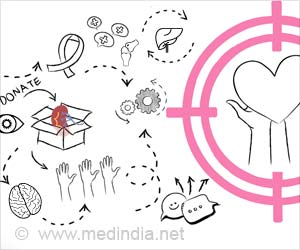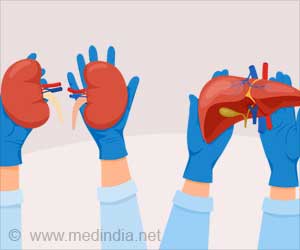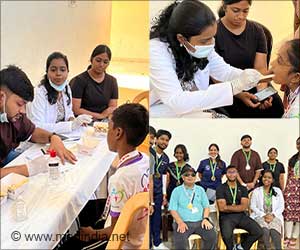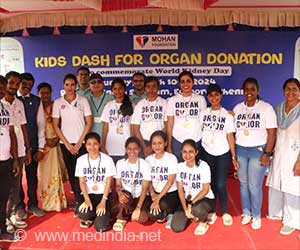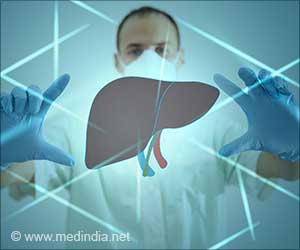Organ shortage is resulting in falling transplants in Australia and hence urgent steps are required to combat the trend, a leading surgeon has suggested.
According to a federal government report, Australia's transplant rate is falling, with only 198 people last year donating their organs, compared to 202 in 2006.There are almost 1,800 Australians currently waiting for a transplant, despite 5.5 million organ donors registered in the country.
To fix the problem, Associate Professor Alan Glanville, from St Vincent's Hospital in Sydney, has suggested that hospital organ transplant coordinators should be recruited to identify patients who could become donors.
"We need to make sure Australians don't die needlessly on the waiting list," said Prof Glanville.
"The government has within its power the ability to put together the structure like this."
Prof Glanville's comments come just a week before the group charged with increasing awareness of organ donation is shut down by the federal government.
Advertisement
“Over the past decade the number of Australians on dialysis has grown by 6% per annum, adding an additional $25 million yearly to healthcare expenditure,” the The Medical Journal of Australia, had observed in 2005.
Advertisement
Dialysis is the only initial treatment option for most patients with endstage kidney failure. Transplantation without prior dialysis is increasingly popular, but requires a live donor available at the right time.
In most Australian states, the average wait for a kidney from a deceased donor is about 4 years, and some patients wait much longer. The prospect of an extended wait on dialysis, as well as the possibility that a suitable kidney may never become available, drives some patients to consider more drastic options. One pathway that is illegal in Australia, but open to those able to afford it, is to travel overseas to purchase a kidney transplant. It is not known how often Australians are choosing this option.
But there are risks involved, of serious infection, for instance.
The annual rate of deceased-donor kidney transplants in Australia for 2004 was a low 11 donors per million population. In 2003, the rate in Australia was 9.0 per million population, compared with 33.8 in Spain, 23.9 in Austria, 24.8 in Belgium, 18.3 in France and 22.1 in the United States.
Thus, the rate of organ donation in Australia is low compared with other developed countries, and remains so despite the publicity campaign promoting organ donation following the untimely death following a brain injury of Australian cricket icon David Hookes.
“One response to the shortage in deceased-donor organs has been an increase in live kidney donation, and the proportion of live donations in 2003 was 40% of total transplants. The source of live kidney donors, previously restricted to close blood relatives, has broadened in recent years to allow unrelated and poorly matched emotionally connected donors,” the eMJA had noted.
Still the problem remains acute.
Source-Medindia
GPL/L

